FOSR F IRST-ORDER SPECTRAL REWIRING FOR ADDRESSING OVERSQUASHING IN GNN S Kedar Karhadkar
FOSR:FIRST-ORDERSPECTRALREWIRINGFORADDRESSINGOVERSQUASHINGINGNNSKedarKarhadkarUCLAkedar@math.ucla.eduPradeepKr.BanerjeeMPIMiSpradeep@mis.mpg.deGuidoMontúfarUCLA&MPIMiSmontufar@math.ucla.eduABSTRACTGraphneuralnetworks(GNNs)areabletoleveragethestructureofgraphdatabypassingmessagesalongtheedgesofthegra...
相关推荐
-
安2-安3,26-21灌浆施工组织设计VIP免费
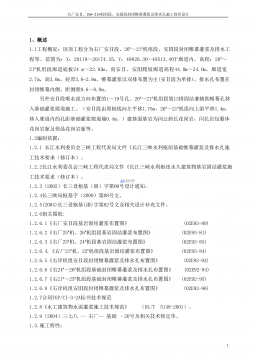
 2024-11-22 1
2024-11-22 1 -
XX水电站导流洞施工组织措施VIP免费
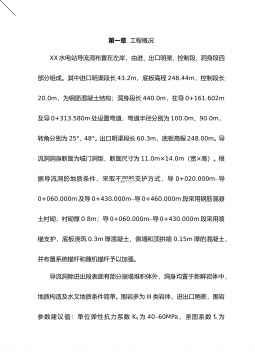
 2024-11-22 2
2024-11-22 2 -
xx公路施工组织设计VIP免费
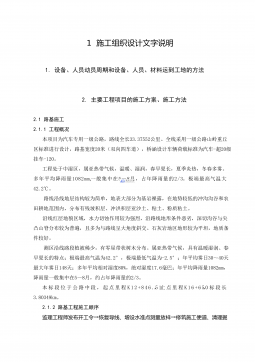
 2024-11-22 3
2024-11-22 3 -
xx电站施工组织设计(投标阶段)VIP免费

 2024-11-22 3
2024-11-22 3 -
XXX土地开发整理项目投标文件 施工组织设计VIP免费
 2024-11-22 4
2024-11-22 4 -
pccp管穿河施工组织设计VIP免费
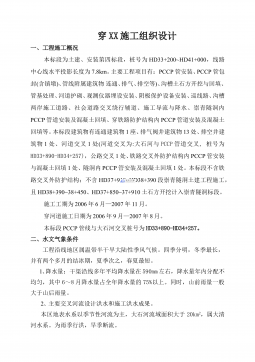
 2024-11-22 2
2024-11-22 2 -
110kv水利变电站施工组织设计VIP免费

 2024-11-22 4
2024-11-22 4 -
7套水电安装精选施工组织设计VIP免费
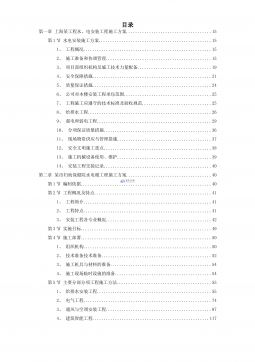
 2024-11-22 2
2024-11-22 2 -
×××供水工程施工组织设计VIP免费
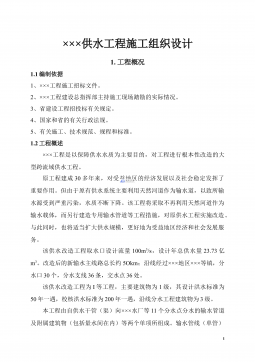
 2024-11-22 6
2024-11-22 6 -
XX县城防堤施工组织设计1VIP免费
 2024-11-22 6
2024-11-22 6
作者详情
相关内容
-

电力工程资料:(一)目录
分类:建筑/施工
时间:2025-06-07
标签:无
格式:PDF
价格:10 玖币
-
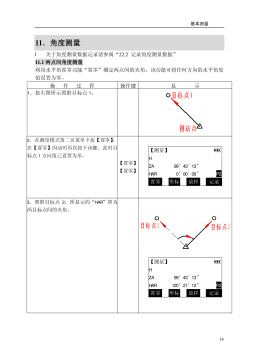
电力工程资料:(四)基本测量
分类:建筑/施工
时间:2025-06-07
标签:无
格式:PDF
价格:10 玖币
-
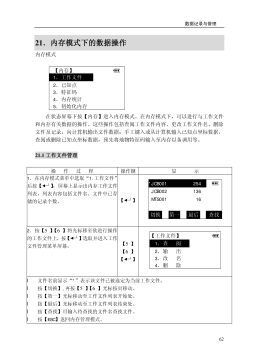
电力工程资料:(六)数据记录
分类:建筑/施工
时间:2025-06-07
标签:无
格式:PDF
价格:10 玖币
-

电力工程资料:(九)其他
分类:建筑/施工
时间:2025-06-07
标签:无
格式:PDF
价格:10 玖币
-
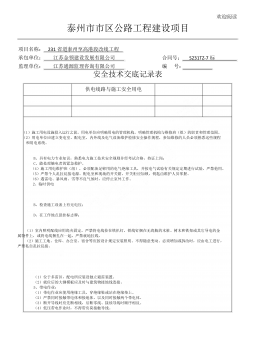
电力工程资料:(完整word版)电力安全技术交底
分类:建筑/施工
时间:2025-06-07
标签:无
格式:DOCX
价格:10 玖币




 渝公网安备50010702506394
渝公网安备50010702506394
